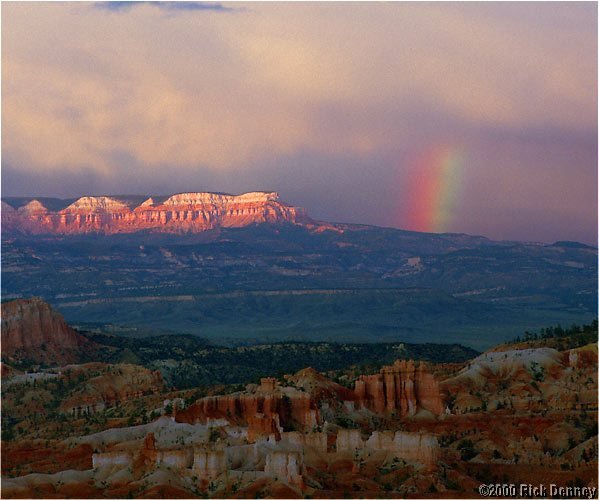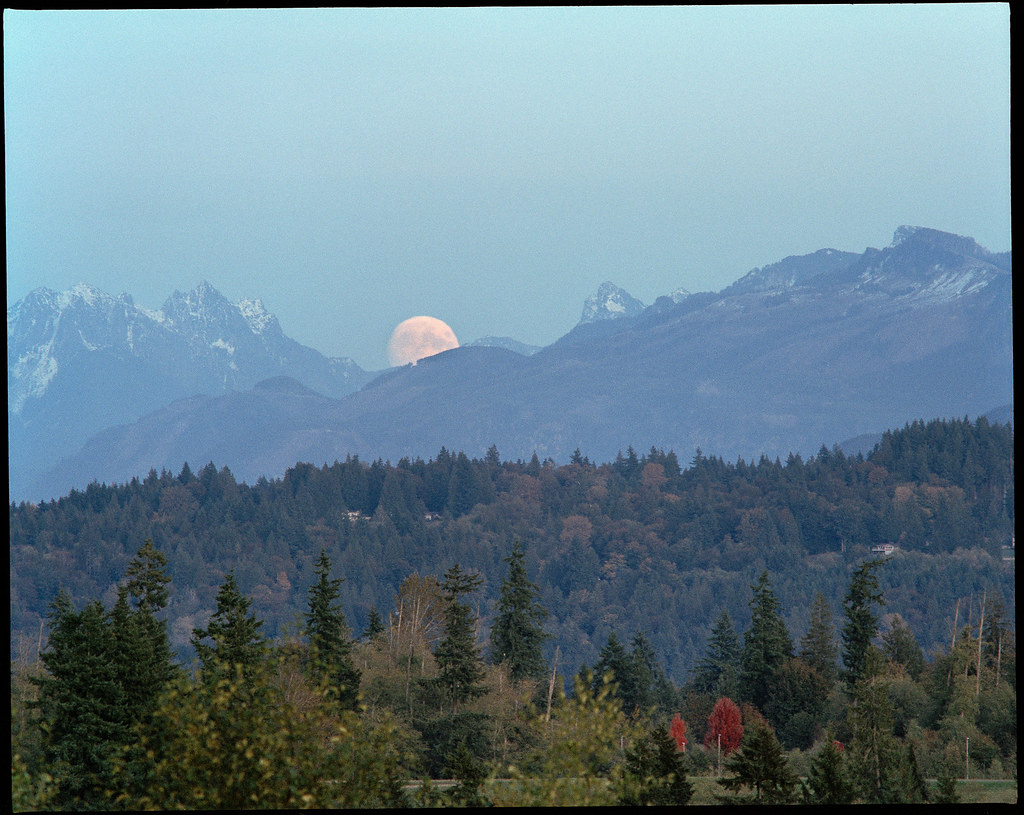I’m not seeing camera shake, but never underestimate what turbulence can do. The print size of this image (Kiev 60, 180mm Zeiss Jena Sonnar, Bogen 3051) is limited because of turbulence. And more’s the pity.

Aquarius Plateau with Rainbow, Utah, 2001. Kiev’s 60, CZJ 180/2.8, well stopped down, Fuji Reala (ISO 100), scanned in, I recall, a Minolta Multi film scanner (1128 spi). The turbulence was a bigger problem after scanning again at much higher resolution in my Nikon 9000ED.
With the 645z, I’d have cranked up the ISO to get a much faster shutter speed, which helps with turbulence (and camera shake).
Rick “limited to about a 10” print” Denney


 Similar Threads
Similar Threads 









 Aquarius Plateau with Rainbow, Utah, 2001. Kiev’s 60, CZJ 180/2.8, well stopped down, Fuji Reala (ISO 100), scanned in, I recall, a Minolta Multi film scanner (1128 spi). The turbulence was a bigger problem after scanning again at much higher resolution in my Nikon 9000ED.
Aquarius Plateau with Rainbow, Utah, 2001. Kiev’s 60, CZJ 180/2.8, well stopped down, Fuji Reala (ISO 100), scanned in, I recall, a Minolta Multi film scanner (1128 spi). The turbulence was a bigger problem after scanning again at much higher resolution in my Nikon 9000ED. 




 Post #17299 by mattb123
Post #17299 by mattb123








